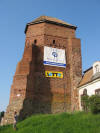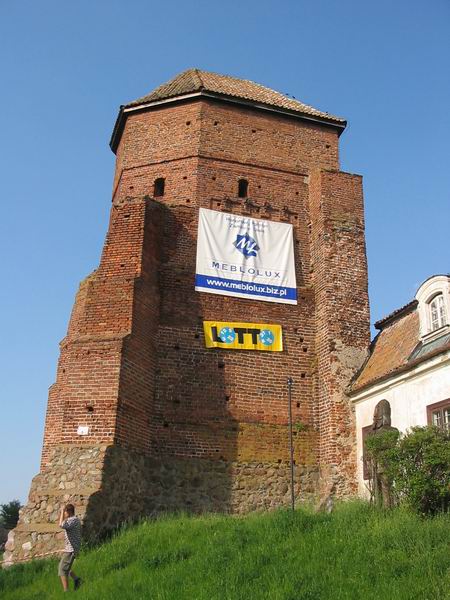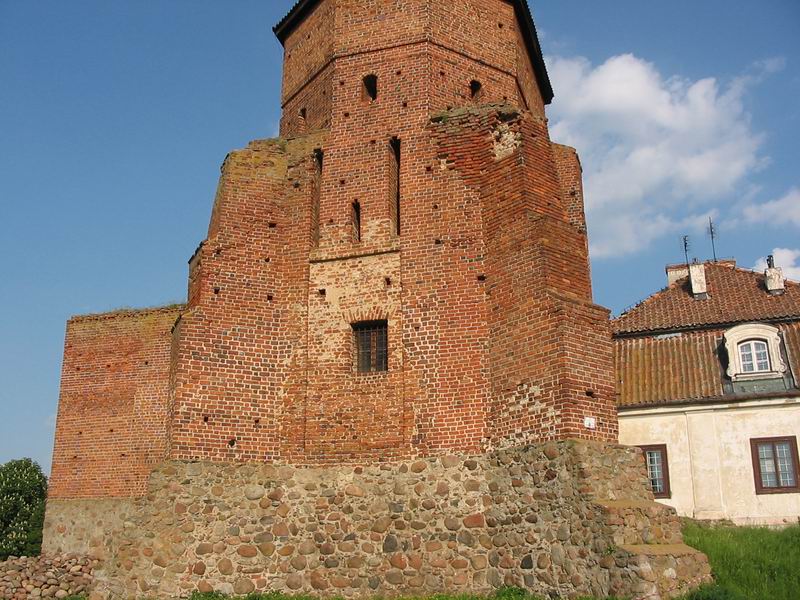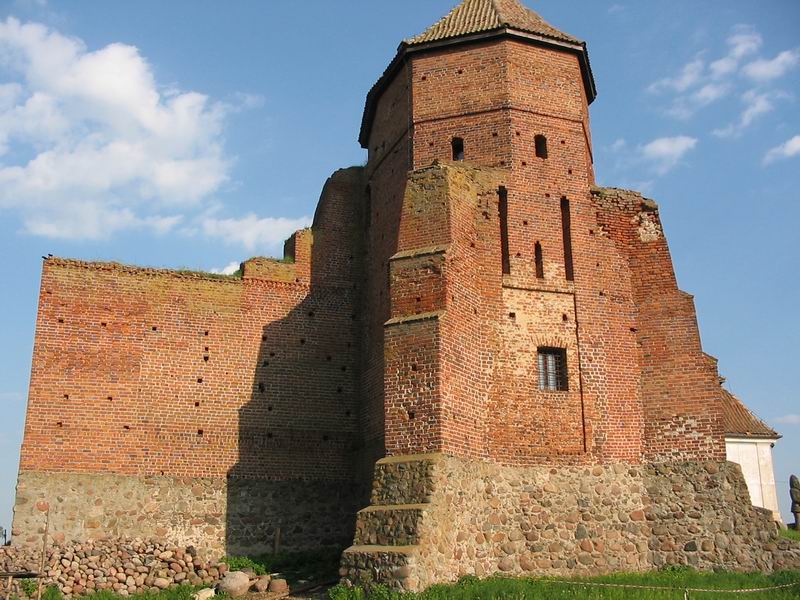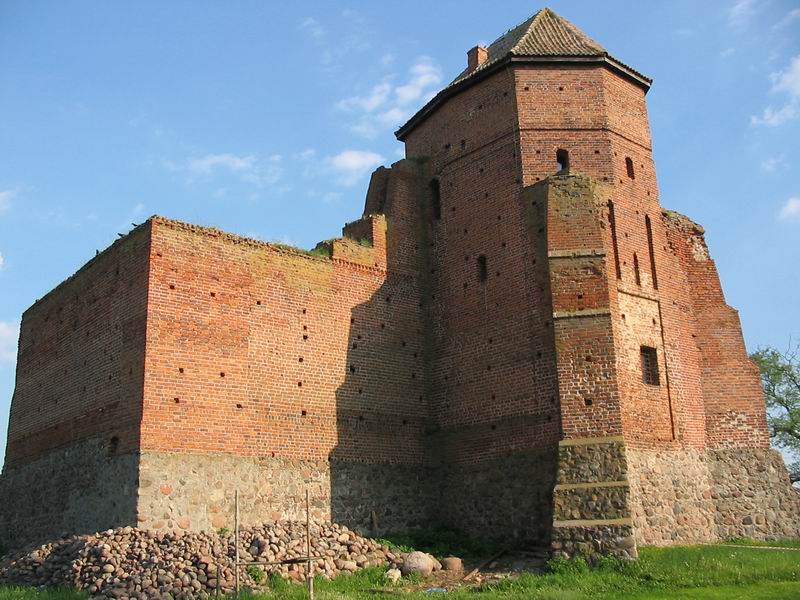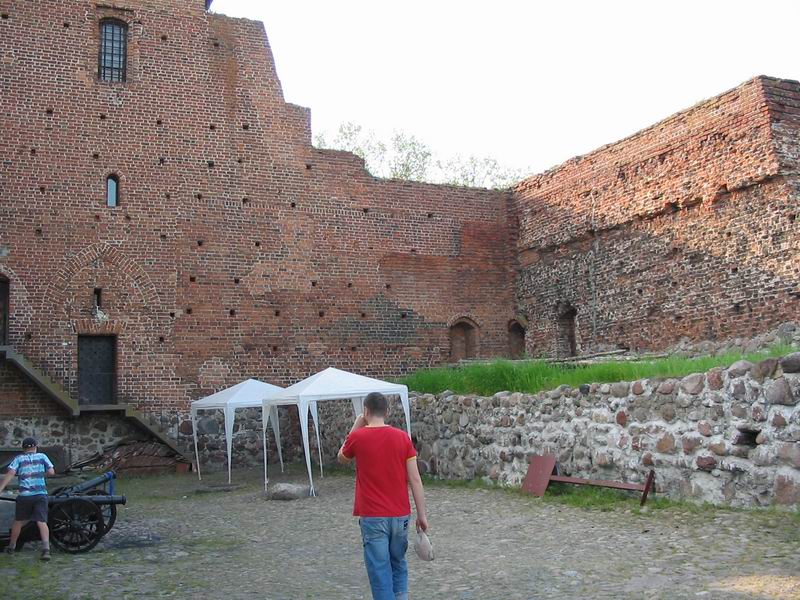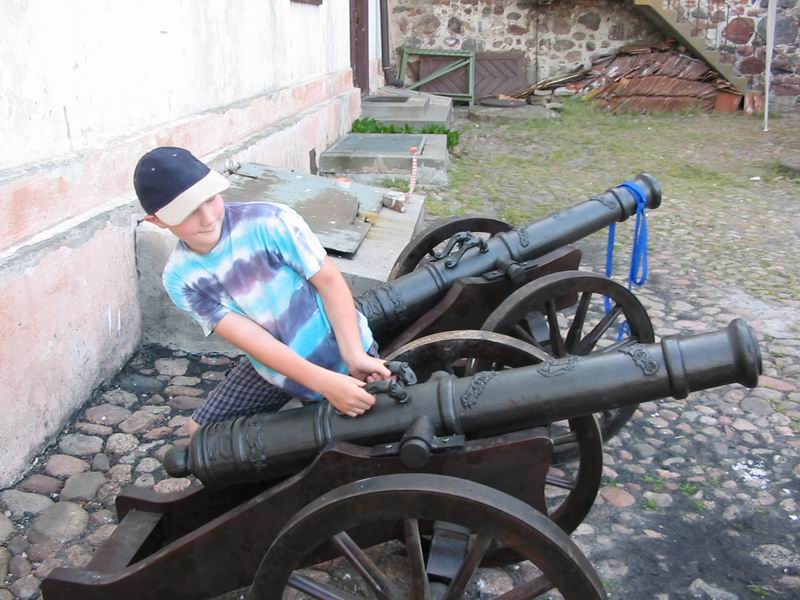Mazowieckie
Interesting facts about the history of the castle and town
XIII century
Probably in the 13th century, the settlement of Liw was established around the place where the present castle stands.
1304
The settlement of Liw was first mentioned in 1304. It was mentioned in a document issued by Duke Bolesław II Mazowiecki.
turn of the 14th/15th century
At the turn of the 14th and 15th centuries a brick castle in Liw was built. The founder of the project was Mazovian Duke Janusz I the Elder. The construction was completed in 1434 by Bolesław IV, grandson of the initiator. The fortress was erected on a plan similar to a square, the side of which was 32 metres long. The defensive walls were built around the perimeter of the square, and in the middle there were two residential buildings.
1421
Before 1421 Liw was granted a location based on the Chełmno law.
1446
In 1446, on the initiative of Duke Bolesław IV, a new settlement, which was established next to the existing one and called Liw Nowy, was granted town rights.
1500
1506
1512
Around 1512, Duchess Anna Radziwiłłówna, the widow of Conrad III the Red, financed the next expansion of the castle in Liw.
1526
In 1526, after the death of the last representative of the Mazovian Piast line, Janusz III, Liw was incorporated into the royal estate of Sigismund the Old. However, the king left the Land of Livia in the hands of princess Anna (older sister of the deceased) until her marriage. On her initiative, the walls of the castle in Liw were raised to 12 metres.
1536
1536
In 1536 Duchess Anna married Stanisław Odrowąż Sprowa, but surprisingly refused to return her possessions, including Liwa, despite the fact that the King offered in return ten thousand Hungarian ducats of compensation. The dispute ended a year later with the verdict of the Sejm, which forced Anna and her husband to renounce their right to inherit Mazovia to the Crown.
1548
In 1548 Liw became the property of Queen Bona. It was she who financed the next modernization of the fortress which lasted several years. In place of the gate, a several-storey gate tower was built. The battlements were also removed and the walls were equipped with shooting positions suitable for firearms.
1656
In 1656 the castle in Liwa was destroyed and plundered by the Swedes.
1703
In 1703, the castle in Liwa was once again ravaged by the Swedes.
1782
In 1782, the starost of Liw, Tadeusz Grabianka (coat-of-arms Leszczyc), built on the foundations of the Gothic building of the Liw castle a Baroque brick manor house, the seat of the starost's offices, which did not withstand the test of time, or rather the fire that broke out here between 1846 and 1855.
1939-1945
The end of the Liw Castle was to come during the Second World War, when the German starost of the Sokołowsko-Węgrowskie district, Ernst Gramss, decided to pull it down. The building material the demolition was to be "incorporated" into the walls of Treblinka. Otto Warpechowski, a local archaeologist, had the reflex to prove to the Germans that this was a Teutonic castle and suggested that it was better to rebuild it than to destroy it. The invaders, in order to immortalise the memory of their ancestors, started renovation works. They even went as far as partial reconstruction. Work continued until 1944, when the historical truth came to light. One may only wonder if the cunning archaeologist managed to escape punishment.
1957-1961
In the years 1957 - 1961 renovation work was carried out on the castle in Liw. The manor house of the starost's office was then rebuilt to house the municipal office and the village library.
1963
In 1963, a museum-armoury was opened to the public at Liw Castle.
Wersja polska
Version française
